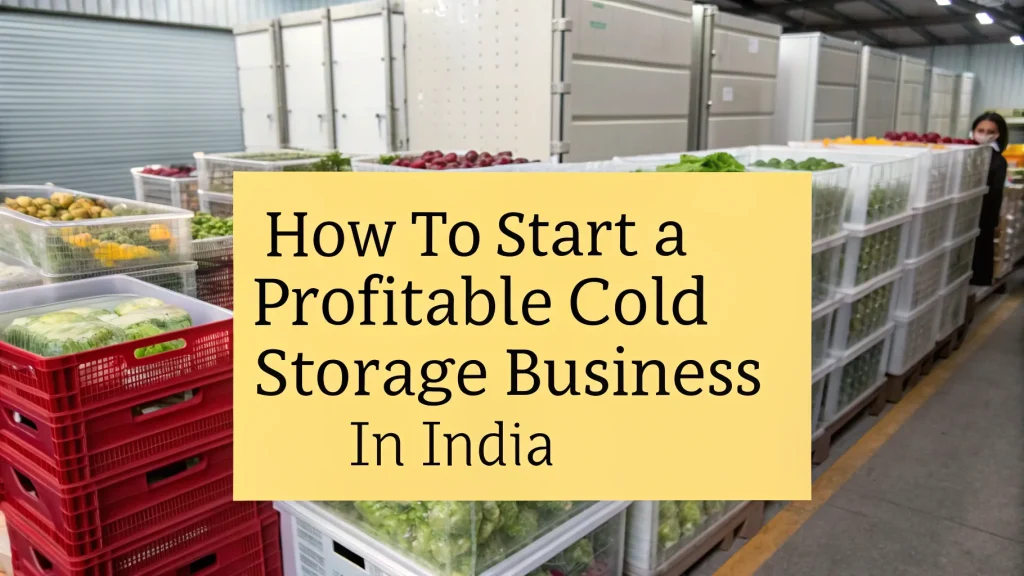Corn fibre, also known as PLA (Polylactic Acid) fiber, has emerged as one of the most promising eco-friendly alternatives to synthetic fibers like polyester. As environmental concerns grow globally, corn fibre manufacturing has positioned itself at the forefront of sustainable textile innovation. This revolutionary biodegradable fiber, derived from renewable resources such as corn starch or sugarcane, provides not only environmental benefits but also commercial viability.
Understanding the Corn Fibre Manufacturing Process
The corn fibre manufacturing process is an elegant convergence of biotechnology, polymer science, and industrial engineering. The entire chain begins with corn, but ends with a highly functional, biodegradable, and market-ready fiber ideal for textiles, packaging, and more.
1. Harvesting and Processing Corn Starch
The process starts with non-edible corn varieties, rich in starch content. The corn is harvested and then milled to separate the starch from the rest of the plant material. This starch, primarily composed of glucose, becomes the raw feedstock for producing lactic acid – the precursor to corn fibre.
2. Fermentation into Lactic Acid
Once the glucose is extracted, it is subjected to fermentation using specialized bacteria. In a controlled environment, these microorganisms metabolize the sugars and convert them into lactic acid. This natural fermentation process is highly efficient and environmentally friendly, producing minimal toxic waste.
3. Polymerization to Produce PLA
The lactic acid is then chemically polymerized into Polylactic Acid (PLA). This is achieved through a process called condensation polymerization, where monomers of lactic acid link together to form long polymer chains. The result is a resin-like substance – PLA – which serves as the base material for fiber production.
4. Melt Spinning into Fibers
Next, the PLA resin is melted and extruded using a technique called melt spinning. This process involves heating the PLA until it becomes a viscous liquid, which is then forced through tiny holes (spinnerets) to create continuous filaments. Once extruded, these filaments are cooled, stretched, and wound onto spools.
5. Drawing and Crimping
The freshly spun fibers are then subjected to drawing, a mechanical stretching process that aligns the polymer molecules and enhances the fiber’s strength. Subsequently, the fibers undergo crimping, where they are textured into a wavy form to increase bulk and improve their textile properties.
6. Cutting and Baling
After crimping, the fibers are cut into staple lengths, making them suitable for spinning into yarn or blending with other fibers. Finally, the staple fibers are baled and packaged, ready for shipment to textile manufacturers.
Advantages of Corn Fibre in Modern Industry
Corn fibre’s properties provide compelling advantages across various industries:
-
Biodegradability: Corn fibre decomposes in industrial composting environments within months, reducing plastic pollution.
-
Breathability and Softness: Fabrics made from corn fibre are breathable, soft, and skin-friendly, making them ideal for clothing and home textiles.
-
Thermal Insulation: PLA fibers offer superior heat retention, making them excellent for insulation in jackets and blankets.
-
Low Environmental Impact: Unlike traditional polyester, which is petroleum-based, corn fibre is derived from renewable resources.
Market Opportunities for Polyester Fiber Alternatives
As sustainability becomes a mainstream demand, businesses are shifting toward bio-based fibers. Corn fibre manufacturing presents lucrative opportunities in:
-
Textile Industry: Ideal for sportswear, casual wear, children’s clothing, and innerwear due to its natural feel.
-
Packaging Sector: PLA films and wraps made from corn fiber are now replacing single-use plastics.
-
Medical and Hygiene Products: Due to its biocompatibility and breathability, PLA is used in wipes, surgical gowns, and masks.
By capitalizing on the global demand for sustainable alternatives, entrepreneurs entering this market can benefit from high ROI and government support schemes encouraging green technology.
How to Start a Corn Fibre Manufacturing Business
Venturing into the corn fibre manufacturing business involves technical knowledge, financial investment, and strategic planning. Here’s how we approach it step-by-step:
Step 1: Feasibility Analysis and Market Research
Before setting up, conduct a comprehensive market survey to understand:
-
Current demand trends
-
Key players and pricing
-
Export opportunities
-
Local availability of raw materials (corn)
A feasibility study will also help determine the investment scale and potential ROI.
Step 2: Business Registration and Licensing
Set up your entity by registering as a Private Limited Company, LLP, or Proprietorship, based on the business model. Obtain necessary licenses such as:
-
Pollution Control Board NOC
-
Factory License
-
GST Registration
-
Import-Export Code (if targeting global markets)
Step 3: Machinery and Equipment
Core machinery required includes:
-
Starch extraction unit
-
Fermentation reactors
-
PLA polymerization plant
-
Melt spinning machines
-
Crimping and cutting systems
Ensure all equipment is sourced from certified and reliable manufacturers, preferably with post-sales support and automation features for higher output.
Step 4: Location and Infrastructure
Select a site close to corn-producing regions to reduce transportation costs. The facility should have:
-
Adequate power supply
-
Water treatment systems
-
Waste disposal mechanisms
-
Space for storage and packaging
Step 5: Skilled Workforce and Training
Hire skilled personnel in biochemical engineering, polymer processing, and machine operations. Provide training on safety procedures, quality control, and equipment handling.
Investment and Profitability Outlook
The capital required to set up a medium-scale corn fibre manufacturing plant ranges from ?5 crore to ?20 crore depending on the capacity and level of automation. Operating costs include:
-
Raw material procurement
-
Electricity and water
-
Labor and maintenance
-
Transportation and logistics
Profit margins in this segment can range between 20% to 30%, especially if you establish tie-ups with textile mills or export markets. Government incentives on green manufacturing, such as subsidies under MSME schemes, further improve profitability.
Challenges and Risk Management
While the industry is promising, new entrants must prepare for:
-
High initial investment
-
Technological expertise requirement
-
Competition from cheaper synthetic alternatives
-
Need for constant R&D for product innovation
To overcome these, adopt strategies such as vertical integration, branding the eco-value proposition, and building partnerships with sustainable fashion brands.
Future Outlook of Corn Fibre Industry
With rising global concern over microplastics and synthetic textile waste, the corn fibre manufacturing industry is poised for exponential growth. By 2030, biopolymer-based textiles are expected to capture a significant portion of the synthetic fiber market. Innovations in corn fibre blending and dyeing, coupled with circular economy policies, will further enhance its adoption across diverse sectors.
Conclusion
Establishing a corn fibre manufacturing unit aligns with both sustainability goals and economic returns. Its eco-friendly nature, diverse applications, and strong consumer appeal make it a smart investment for the future. Entrepreneurs ready to embrace green innovation will find this industry a fertile ground for growth, profitability, and global impact.
Visit the page Select and Choose the Right Business Startup for You for sorting out the questions arising in your mind before starting any business and know which start-up you can plan. We, at NPCS, endeavor to make business selection a simple and convenient step for any entrepreneur/startup. Our expert team, by capitalizing on its dexterity and decade’s long experience in the field, has created a list of profitable ventures for entrepreneurs who wish to diversify or venture. We regularly update the list to give you a steady stream of new and emerging opportunities.




